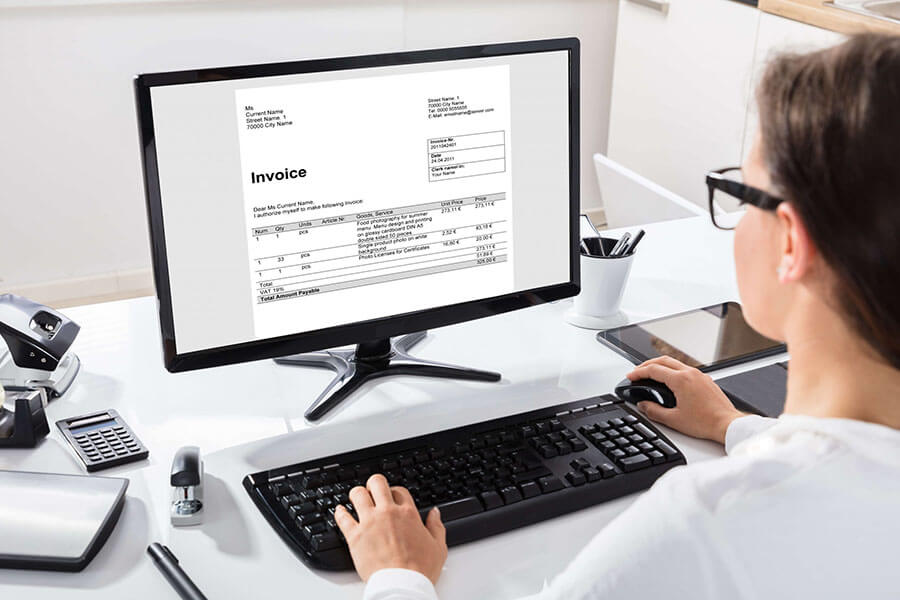
You apply the half-year convention by dividing the result ($400) by 2. If you hold the property for the entire recovery period, your depreciation deduction for the year that includes the final month of the recovery period is the amount of your unrecovered basis in the property. If you dispose of residential rental or nonresidential real property, figure your depreciation deduction for the year of the disposition by multiplying a full year of depreciation by a fraction. The numerator of the fraction is the number of months (including partial months) in the year that the property is considered in service. You must apply the table rates to your property’s unadjusted basis each year of the recovery period.

How Do You Calculate Depreciation for Tax Purposes?
On the same date, the property had an FMV of $180,000, of which $15,000 was for the land and $165,000 was for the house. The basis for depreciation on the house is the FMV on the date of change ($165,000) because it is less than Nia’s adjusted basis ($178,000). You cannot use MACRS for motion picture films, videotapes, and sound recordings. For this purpose, sound recordings are discs, tapes, or other phonorecordings resulting from the fixation of a series of sounds. You can depreciate this property using either the straight line method or the income forecast method.
Which Convention Applies?

This reduces the net book value of the fixed asset on the balance sheet. Businesses can take tax deductions for depreciation to reduce taxable income. This is done by using methods like MACRS, which have specific IRS guidelines to follow. The useful life of an asset is a crucial input in determining depreciation expense. It’s estimated based on how long the asset is expected to remain in service.

Excepted Property
- The established amount for optional use in determining a tax deduction for automobiles instead of deducting depreciation and actual operating expenses.
- For example, when a company buys a delivery truck, which is a type of tangible asset, it understands that over time, the truck will lose value.
- Instead, the credit is entered in the contra asset account Accumulated Depreciation.
- The purpose of the bollards or guardrails is to protect land improvements.
If you put an addition on the home and place the addition in service this year, you would use MACRS to figure your depreciation deduction for the addition. After you figure your special depreciation allowance for your qualified property, you can use the remaining cost to figure your regular MACRS depreciation deduction (discussed Accounts Receivable Outsourcing in chapter 4). Therefore, you must reduce the depreciable basis of the property by the special depreciation allowance before figuring your regular MACRS depreciation deduction.

The asset cost, also known as the initial cost or historical cost, is the foundation for calculating depreciation expense. It includes the purchase price of the asset, taxes and duties, installation costs, and any other direct costs incurred to bring the asset to working condition. As you take more depreciation expense each year, the balance in accumulated depreciation increases.

Terminating GAA Treatment
Depreciation is the recovery of the cost of the property over a number of years. You deduct a part of the cost every year until you fully recover its cost. Larger vehicles, such as trucks and vans over 6,000 pounds in gross vehicle weight, are not subject to these limits and may qualify for full expensing under Section 179, up to the annual deduction cap. Businesses must track business versus personal use, as only the business-use portion of depreciation is deductible.
Maximizing Benefits with MACRS
Land values vary but typically appreciate based on outside factors that have nothing to do with your organization’s daily use. Keep in mind, however, that if you do make improvements to the land, you can still deduct that as a business expense. Examples of depreciable assets are cars, computers, officefurniture, machines, buildings, and significantadditions or https://jupiter.csit.rmit.edu.au/~s4005589/wordpress/index.php/2022/05/02/what-are-functional-expenses-a-guide-to-nonprofit/ improvements (as opposed to repairs) to these kindsof property. It’s critical that financial managers, government operations teams, and asset management professionals understand asset and equipment depreciation. It is determined by estimating the number of units that can be produced before the property is worn out. You can use the Depreciation Worksheet for Passenger Automobiles on the next page to figure your depreciation deduction using the percentage tables.
These assets are often described as depreciable assets, fixed assets, plant assets, productive assets, tangible depreciable assets examples assets, capital assets, and constructed assets. Second, non-depreciable assets often appreciate in value, which means they are worth more at the end of their life than when they were first purchased. Depreciation is the process of allocating the cost of an asset over its useful life. This is done so that companies can expense the cost of an asset on their income statement, rather than taking the entire cost as a one-time expense. This can include physical assets like buildings or machinery, intangible assets like patents or copyrights, or financial assets like cash or investments.
